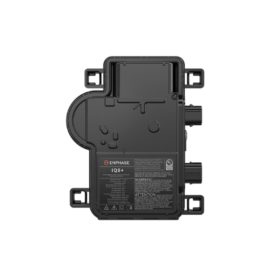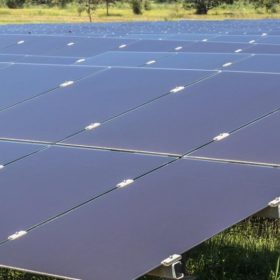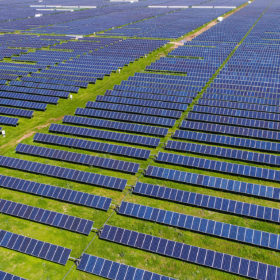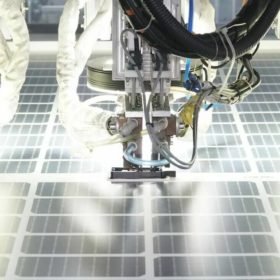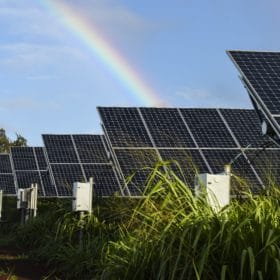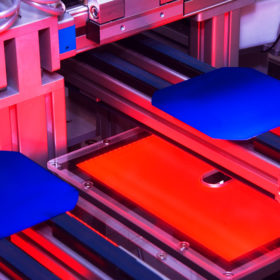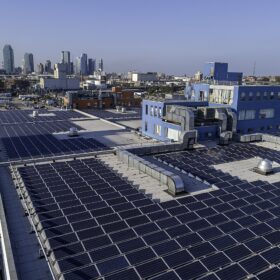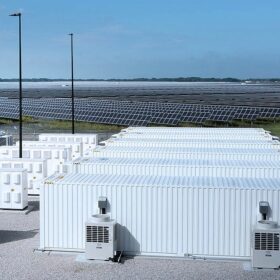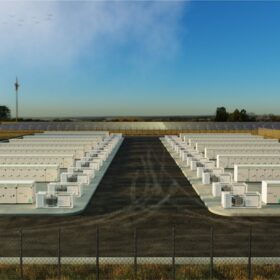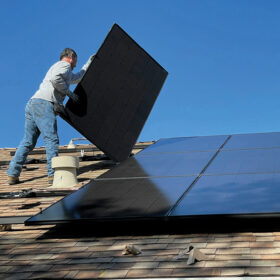Enphase announces five million microinverters shipped from Salcomp factory in India
Since 2020, Salcomp has manufactured Enphase Microinverters and other components in a factory in India for the North America, Europe, and Asia Pacific markets.
Clean energy manufacturing support in Inflation Reduction Act
This historic level of investment is key to achieving American manufacturing independence and clean energy security.
Sunrise brief: Californians will still get burned under solar killer proposal
Also on the rise: Tigo Energy files patent lawsuit against SMA Solar in the US. DOE invests $56 million in solar manufacturing and recycling.
Accelerating the clean energy transition requires national strategy
To realize the clean energy opportunity, a national strategy should prioritize accelerating investment in clean energy technologies, physical infrastructure, and vertical supply chains, says RMI.
Diversifying the solar supply chain necessary to meet climate goals
IEA report looks at how government policies boosted China’s solar manufacturing and can do the same in other parts of the world.
Sunrise brief: Historic Pittsburgh steel plant reopens to make components for the US solar industry
Also on the rise: Solar tariff moratorium creates upside, but supply challenges still loom. GE partners with Department of Energy on solar, energy storage, grid integration research. And more.
Sunrise brief: Consortium commits to spending $6 billion on US-made solar modules
Also on the rise: Utility Dominion Energy Virginia enters rooftop solar space. New “on demand” rooftop solar investing platform. And more.
Consortium commits to spending $6 billion on US-made solar modules
AES, Clearway Energy Group, Cypress Creek Renewables, and D.E. Shaw Renewable Investments buying consortium launches RFP to look for qualified American manufacturers.
Enphase has shipped 43.4 TWh of solar microinverters to date
The company highlighted its accomplishments in its 2021 environmental, social, and governance report. Plus, financial analysis from ROTH Capital Partners.
White House takes executive action to spur US solar manufacturing
Concurrent with the two-year halt of solar tariffs on major Southeast Asian panels suppliers, the Biden Administration invoked the Defense Production Act and is using the full power of federal procurement capabilities to boost US-made solar.
